Mission to Mars - class 3
For this project, students will learn about the exciting journey of travelling to space and landing on Mars. They will explore how rockets work, what astronauts need to stay safe and healthy, and the importance of their mission on Mars. Students will make simple models of rockets, spacecraft and movies, create diagrams of Space, and understand the challenges and discoveries involved in space travel.

Learning Outcomes

Science
- Understanding gravity.
- Exploring Air resistance, Solar System, Earth.
- Exploring Astronomy, Biology, Physics, and Ecosystems.

Geography
- Mapping the Solar System.
- Studying Mars’ Surface.

English
- Writing reports.
- Writing journals.
- Giving presentations.

Mathematics
- Geometry (spacecraft design), data collection (fitness tacking, distances) scaling.

Art & Design
- Parachute and spacecraft design 3D model making creating posters, visual storytelling.

Languages
- Communication and expression, vocabulary, development, presentation skills, creative storytelling.

ICT
- Website design, research skills, uploading the blog.

Physical Education
- Fitness tracking and understanding the effects of space on the body.

Robotics
- Automation and design, understanding robotics in space incorporating sensors.
Alignment with 21st Century Skills

Communication Skills
Presentation of Spacecraft Designs: Students will present their spacecraft models and parachute designs, explaining scientific principles like gravity and air resistance. to both their peers and the community.
Storytelling and Blogging: As part of their website, students will write blogs documenting their journey and challenges in space exploration, focusing on clear and engaging storytelling
Collaborative Discussions: Throughout the project, students will participate in team discussions, presenting their research and debating potential solutions for landing safely on Mars.
Research Skills
Exploration of Space Travel Technologies: Students will explore technologies such as rocket propulsion systems and robotic missions to mars, leveraging resources from NASA and Spacex. and interviews with gardening experts.
Analyzing Conditions on Mars: They will research the Martian environment, including gravity, atmosphere, and terrain, to understand the challenges of landing safely.
Data Collection and Evaluation: Students will gather information on how humans can survive in space, focusing on life-support systems, solar raciation. and food/water sources for long-duration missions.
Communication Skills
Presentation of Spacecraft Designs: Students will present their spacecraft models and parachute designs, explaining scientific principles like gravity and air resistance. to both their peers and the community.
Storytelling and Blogging: As part of their website, students will write blogs documenting their journey and challenges in space exploration, focusing on clear and engaging storytelling
Collaborative Discussions: Throughout the project, students will participate in team discussions, presenting their research and debating potential solutions for landing safely on Mars.
Research Skills
Exploration of Space Travel Technologies: Students will explore technologies such as rocket propulsion systems and robotic missions to mars, leveraging resources from NASA and Spacex. and interviews with gardening experts.
Analyzing Conditions on Mars: They will research the Martian environment. including gravity, atmosphere, and terrain, to understand the challenges of landing safely.
Data Collection and Evaluation: Students will gather information on how humans can survive in sodce tocusine on lite-suddeni systems, solar raciation. and food wate sources for long-duration missions.
SUSTAINABLE DEVELOPMENT GOAL 9
INDUSTRY, INNOVATION, AND Infastructure
This project aligns with SDG -9 in the following ways:
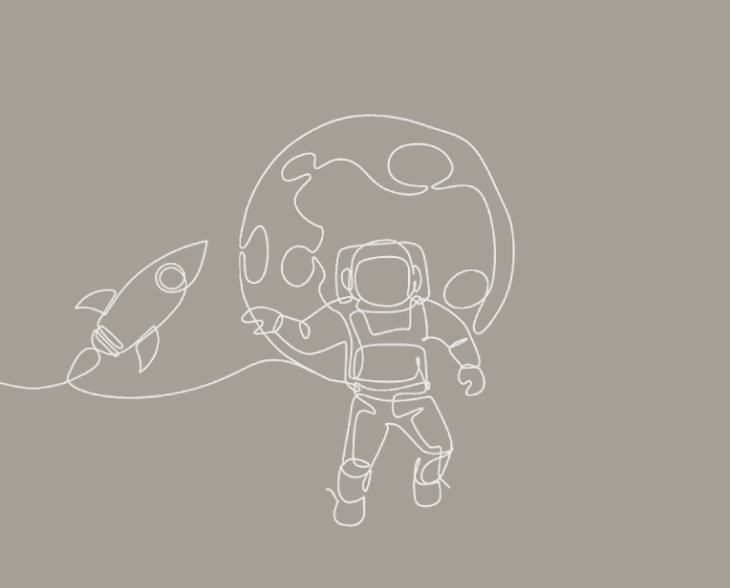
Innovation in Space Technology:
Students will brainstorm technological innovations for space travel and landing on Mars, aligning with the development of sustainable infrastructure and innovations.
Resilient Infrastructure for Space:
They will focus on designing spacecraft that can withstand the harsh conditions of space
Exploration and Research:
The project encourages scientific exploration as a method to advance technology which supports fostering innovation for sustainable development.
Project Milestones
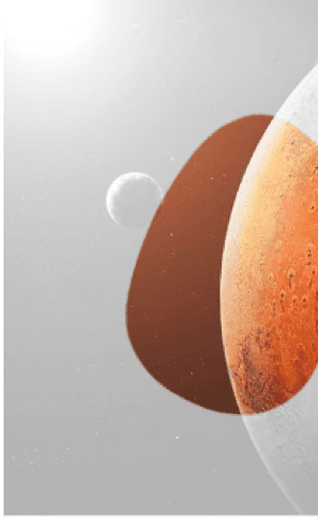
Milestone 1
Familiarity with the main challenge of space travel and landing on Mars
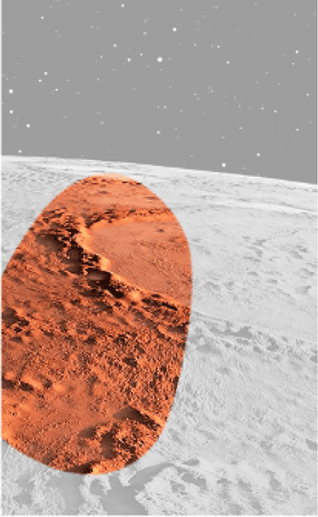
Milestone 2
Understanding the life support systems on Mars
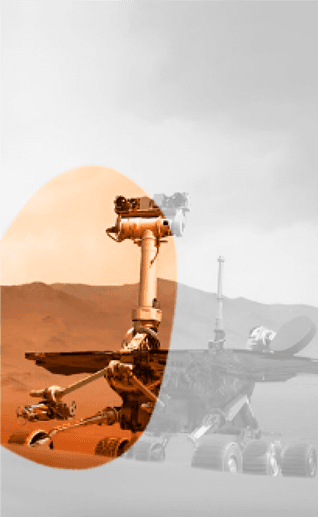
Milestone 3
Exploring the Solar System
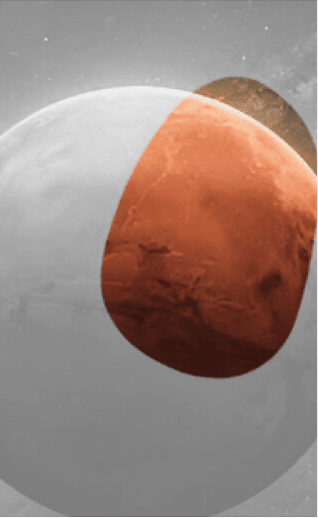
Milestone 4
Designing Spacecraft and Landing Systems
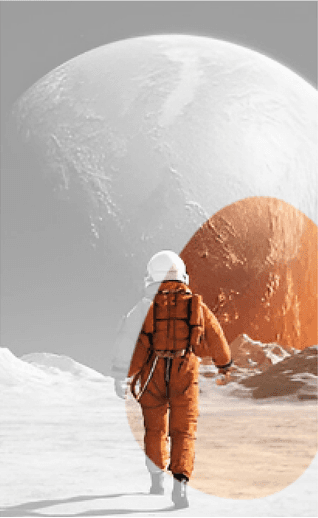
Milestone 5
Developing a Website for Space Exploration
